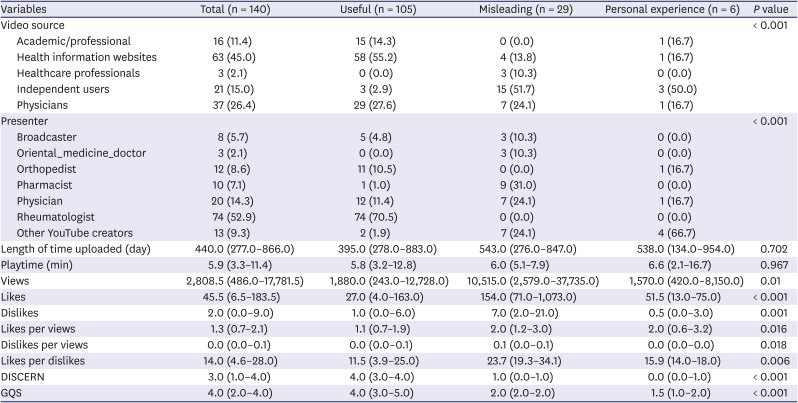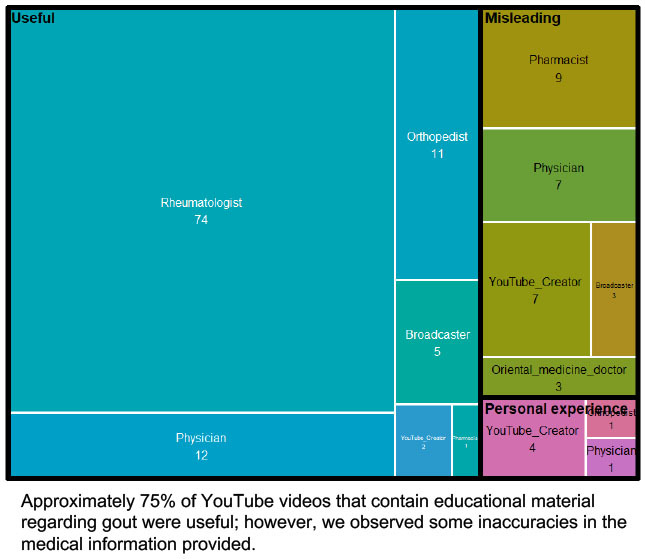1. Dehlin M, Jacobsson L, Roddy E. Global epidemiology of gout: prevalence, incidence, treatment patterns and risk factors. Nat Rev Rheumatol. 2020; 16(7):380–390. PMID:
32541923.

2. Kim K, Go S, Son HE, Ryu JY, Lee H, Heo NJ, et al. Association between serum uric acid level and ESRD or death in a Korean population. J Korean Med Sci. 2020; 35(28):e254. PMID:
32686371.

3. Gwag HB, Yang JH, Park TK, Song YB, Hahn JY, Choi JH, et al. Uric acid level has a u-shaped association with clinical outcomes in patients with vasospastic angina. J Korean Med Sci. 2017; 32(8):1275–1280. PMID:
28665063.

4. Kim JW, Kwak SG, Lee H, Kim SK, Choe JY, Park SH. Prevalence and incidence of gout in Korea: data from the national health claims database 2007–2015. Rheumatol Int. 2017; 37(9):1499–1506. PMID:
28676911.

5. Liu R, Han C, Wu D, Xia X, Gu J, Guan H, et al. Prevalence of hyperuricemia and gout in Mainland China from 2000 to 2014: a systematic review and meta-analysis. BioMed Res Int. 2015; 2015:762820. PMID:
26640795.

6. FitzGerald JD, Dalbeth N, Mikuls T, Brignardello-Petersen R, Guyatt G, Abeles AM, et al. 2020 American College of Rheumatology guideline for the management of gout. Arthritis Care Res (Hoboken). 2020; 72(6):744–760. PMID:
32391934.

7. Fox S. Online Health Search 2006. Washington, D.C., USA: Pew Research Center;2006.
8. Fox S, Jones S. The Social Life of Health Information. Washington, D.C., USA: Pew Research Center;2009.
9. Fox S, Purcell K. Chronic Disease and the Internet. Washington, D.C., USA: Pew Research Center;2010.
10. Madathil KC, Rivera-Rodriguez AJ, Greenstein JS, Gramopadhye AK. Healthcare information on YouTube: a systematic review. Health Informatics J. 2015; 21(3):173–194. PMID:
24670899.

11. Morahan-Martin JM. How internet users find, evaluate, and use online health information: a cross-cultural review. Cyberpsychol Behav. 2004; 7(5):497–510. PMID:
15667044.

12. IGAWorks. The Whole of Korea Has Fallen into YouTube! Seoul, Korea: IGAWorks;2020.
13. Onder ME, Zengin O. YouTube as a source of information on gout: a quality analysis. Rheumatol Int. 2021; 41(7):1321–1328. PMID:
33646342.

14. iProspect. iProspect Search Engine User Behavior Study. Boston, MA, USA: iProspect;2006.
15. Singh AG, Singh S, Singh PP. YouTube for information on rheumatoid arthritis--a wakeup call? J Rheumatol. 2012; 39(5):899–903. PMID:
22467934.
16. Dutta A, Beriwal N, Van Breugel LM, Sachdeva S, Barman B, Saikia H, et al. YouTube as a source of medical and epidemiological information during COVID-19 pandemic: a cross-sectional study of content across six languages around the globe. Cureus. 2020; 12(6):e8622. PMID:
32685293.

17. Delli K, Livas C, Vissink A, Spijkervet FK. Is YouTube useful as a source of information for Sjögren's syndrome? Oral Dis. 2016; 22(3):196–201. PMID:
26602325.

18. Charnock D, Shepperd S, Needham G, Gann R. DISCERN: an instrument for judging the quality of written consumer health information on treatment choices. J Epidemiol Community Health. 1999; 53(2):105–111. PMID:
10396471.

19. Doherty M, Jansen TL, Nuki G, Pascual E, Perez-Ruiz F, Punzi L, et al. Gout: why is this curable disease so seldom cured? Ann Rheum Dis. 2012; 71(11):1765–1770. PMID:
22863577.

20. Abhishek A, Doherty M. Education and non-pharmacological approaches for gout. Rheumatology (Oxford). 2018; 57(suppl_1):i51–i58. PMID:
29272507.

21. Spencer K, Carr A, Doherty M. Patient and provider barriers to effective management of gout in general practice: a qualitative study. Ann Rheum Dis. 2012; 71(9):1490–1495. PMID:
22440822.
22. Harrold LR, Mazor KM, Velten S, Ockene IS, Yood RA. Patients and providers view gout differently: a qualitative study. Chronic Illn. 2010; 6(4):263–271. PMID:
20675361.



